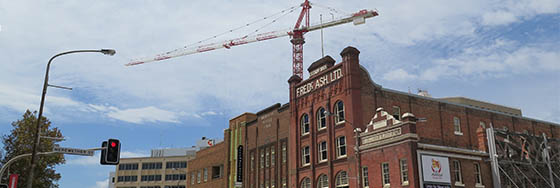
Building a More Sustainable City: Official and Everyday Practices of Urban Regeneration
Kristian Ruming (Macquarie), Kathleen Mee (Newcastle), Pauline McGuirk (Wollongong)
Effective responses to environmental change require more nuanced analyses of how cities are being remade by urban regeneration. Urban regeneration is conventionally understood as driven by formal programs of renewal, such as large scale redevelopment projects. Yet the city is equally regenerated by an assemblage of practices and actors, often operating at smaller scales and in everyday ways, that are overlooked by both scholarly and policy sectors
This research uncovers the diverse ways in which the Newcastle region is being regenerated through formal and informal practices of households, organisations, businesses and governments. It involves four case studies of formal and informal urban regeneration initiatives taking place in the Newcastle region: Newcastle; Charlestown; Huntlee; and everyday practices of home and garden maintenance.
The project sheds new light on how diverse processes of urban regeneration, both visible and invisible, are altering cities. It documents the key actors, networks and practices through which regeneration occurs and, in so doing, reveals new opportunities for sustainable urban management.
Outcomes
Indicative publications
Ruming, K., Mee, K. and McGuirk, P. (2016) Planned Derailment for New Urban Futures? An Actant Network Analysis of the “great [light] rail debate” in Newcastle, Australia, in Y. Rydin & L. Tate (eds) Materiality and Planning: exploring the influence of Actor-Network Theory, Taylor and Francis: London.
The University of Newcastle acknowledges the traditional custodians of the lands within our footprint areas: Awabakal, Darkinjung, Biripai, Worimi, Wonnarua, and Eora Nations. We also pay respect to the wisdom of our Elders past and present.
